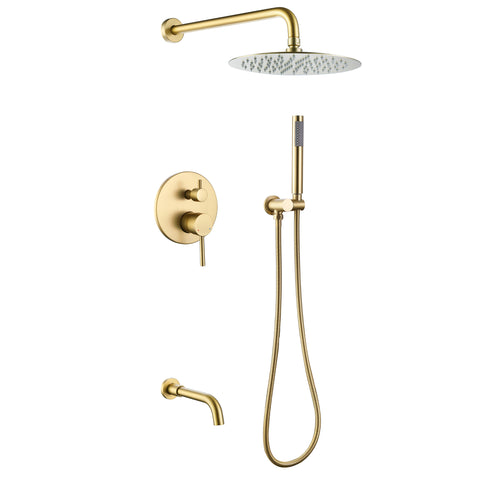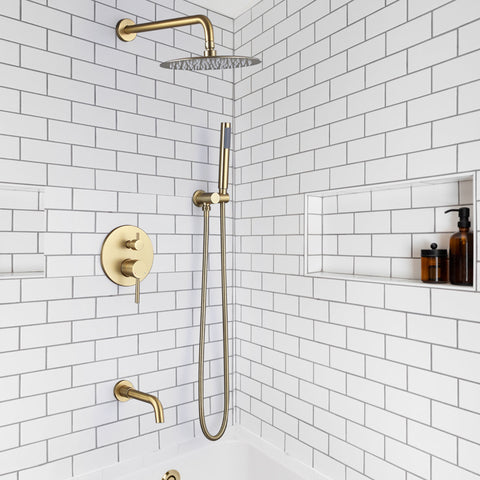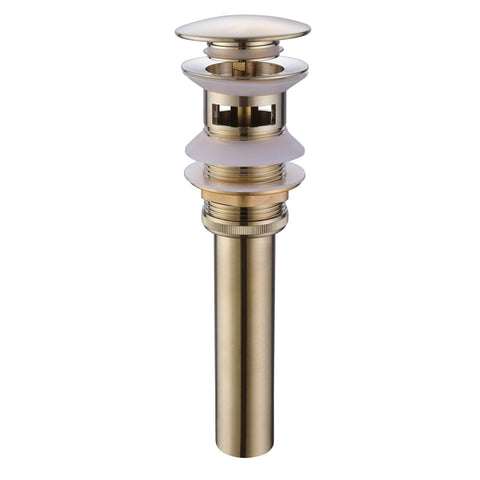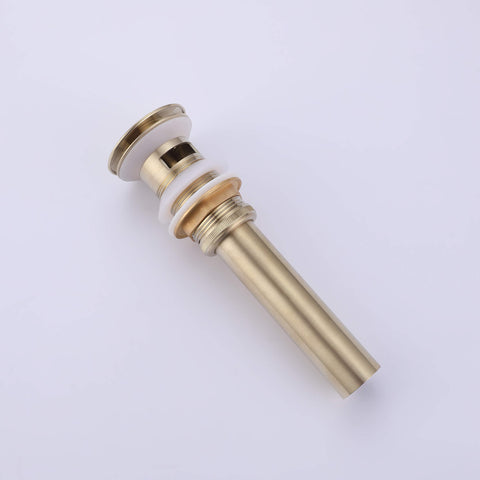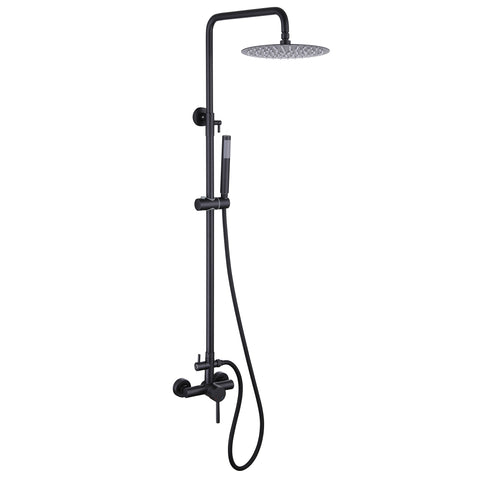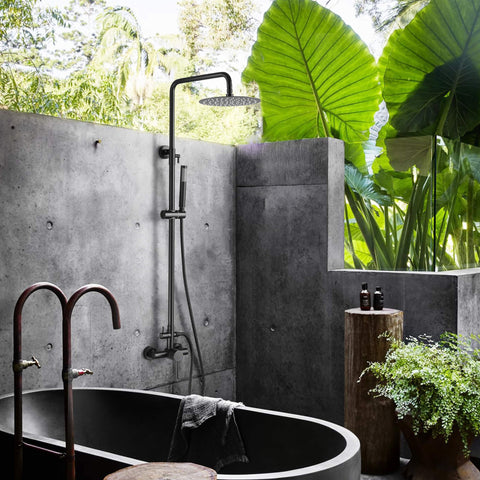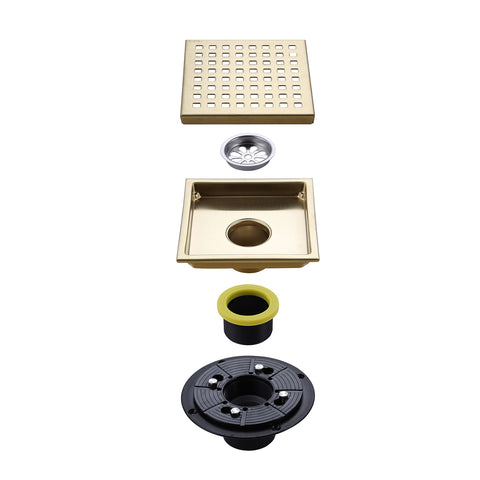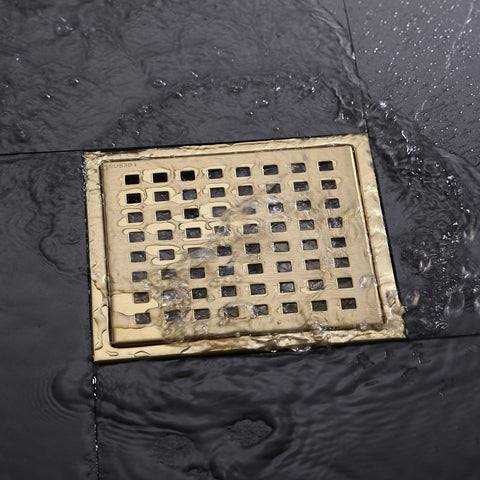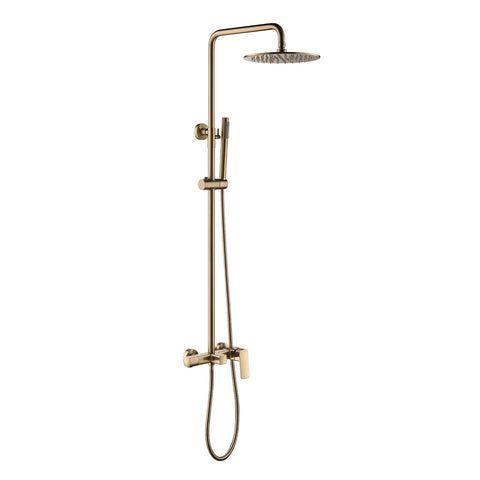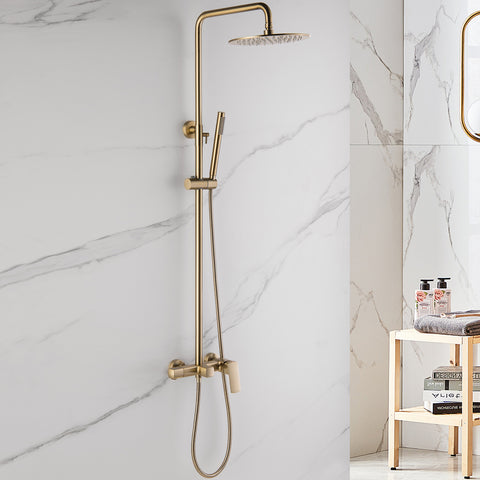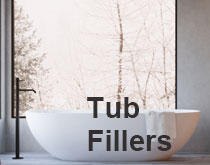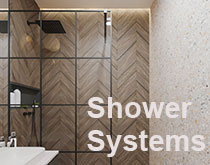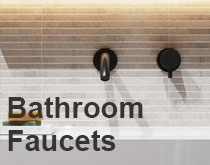What Are the Benefits of a Water-Saving Faucet?
1. Conserve Water and Save Money
Water-saving faucets are designed to reduce the flow rate without compromising performance. By limiting the amount of water coming out of the tap, they significantly cut down water wastage during everyday activities like washing hands, brushing teeth, or rinsing dishes. As a result, households can significantly reduce their water consumption, leading to lower utility bills.
2. Environmentally Friendly
The environmental impact of water waste cannot be underestimated. By opting for water-saving faucets, individuals play an active role in conserving this precious resource and mitigating water scarcity. Reduced water consumption also leads to less strain on water treatment plants, decreasing the energy required for water distribution and treatment processes.
3. Support Global Water Conservation Efforts
In many regions across the globe, water scarcity is a harsh reality. By using water-saving faucets, we contribute to the larger global effort of conserving water for future generations. It's a small yet meaningful step towards ensuring equitable access to clean water for all.
4. Reducing Energy Consumption
Water-saving faucets not only conserve water but also help save energy. When less water is used, less energy is required to pump and treat water, which leads to reduced greenhouse gas emissions. This contributes to overall energy efficiency and helps combat climate change.
5. Maintaining Water Pressure and Quality
A common misconception about water-saving faucets is that they compromise water pressure. However, modern water-saving faucets are designed to maintain optimal water pressure while still reducing the flow rate. Additionally, some models come equipped with built-in filters that improve water quality by removing impurities and contaminants.
6. Extending the Lifespan of Plumbing Systems
Conserving water not only benefits the environment but also prolongs the life of your plumbing system. Lower water pressure means less strain on pipes and fixtures, reducing the likelihood of leaks and other plumbing issues. This leads to cost savings on repairs and maintenance in the long run.
7. Government Incentives and Rebates
In many regions, local governments and utility companies offer incentives and rebates for installing water-saving fixtures, including faucets. These incentives can further reduce the initial cost of purchasing and installing water-saving faucets, making them an even more attractive option for homeowners.
8. Easy Installation and Maintenance
Water-saving faucets are widely available and easy to install, often requiring minimal tools and expertise. Additionally, they are designed to be durable and require less maintenance than traditional faucets, saving time and effort in the long term.
Water is a finite resource, and the responsibility of conserving it lies with every individual. Water-saving faucets offer a simple and effective way to make a positive impact on the environment and our wallets. By reducing water consumption, supporting global water conservation efforts, and promoting sustainable practices, these faucets play a crucial role in creating a water-conscious society. By installing water-saving faucets in our homes, we can collectively contribute to a more sustainable and water-secure future for generations to come. It's a small change that yields significant benefits, making it a choice that everyone should consider making today.
